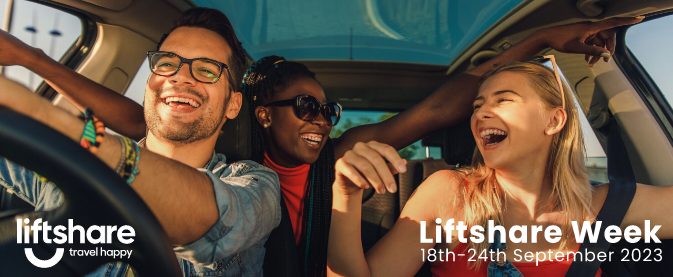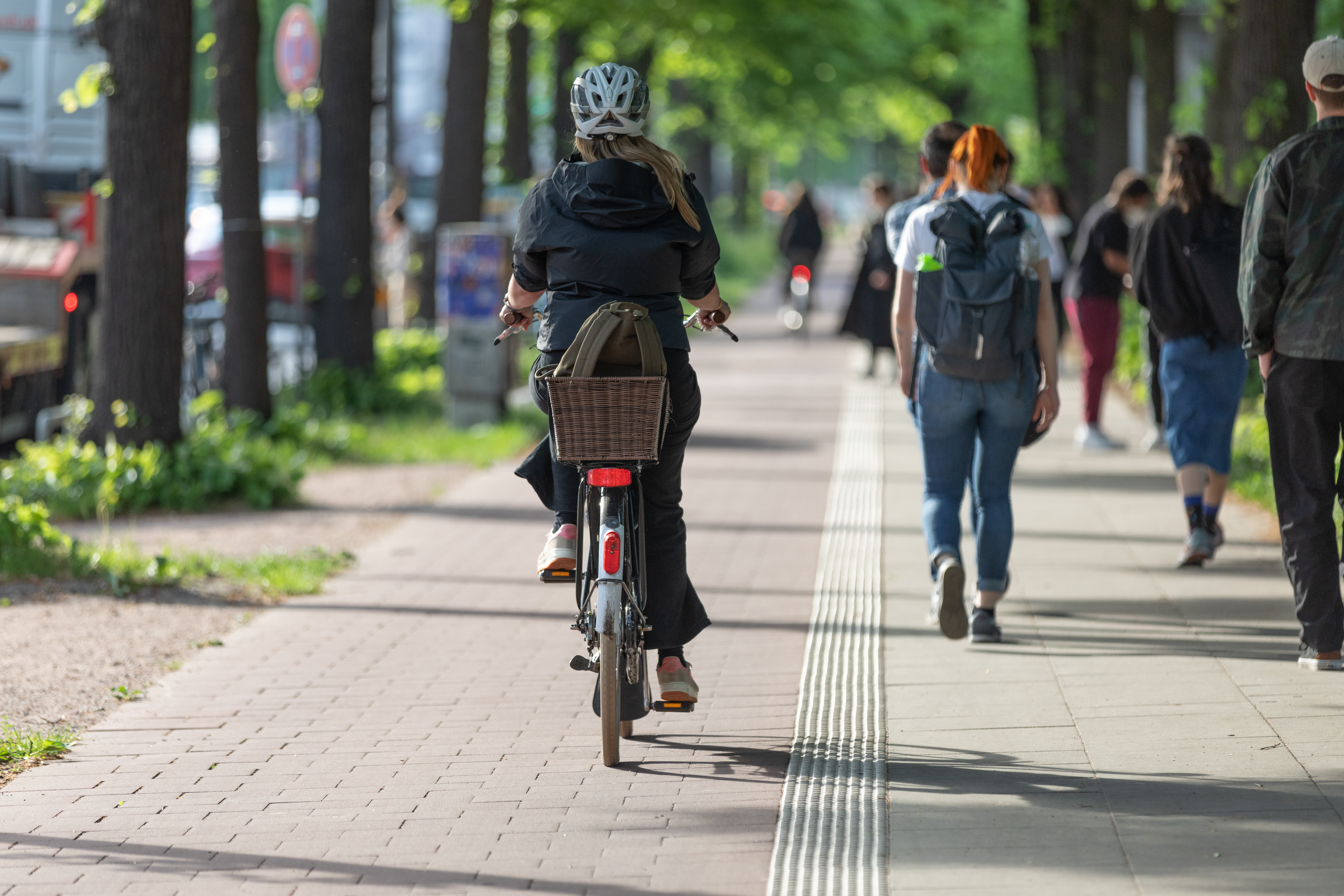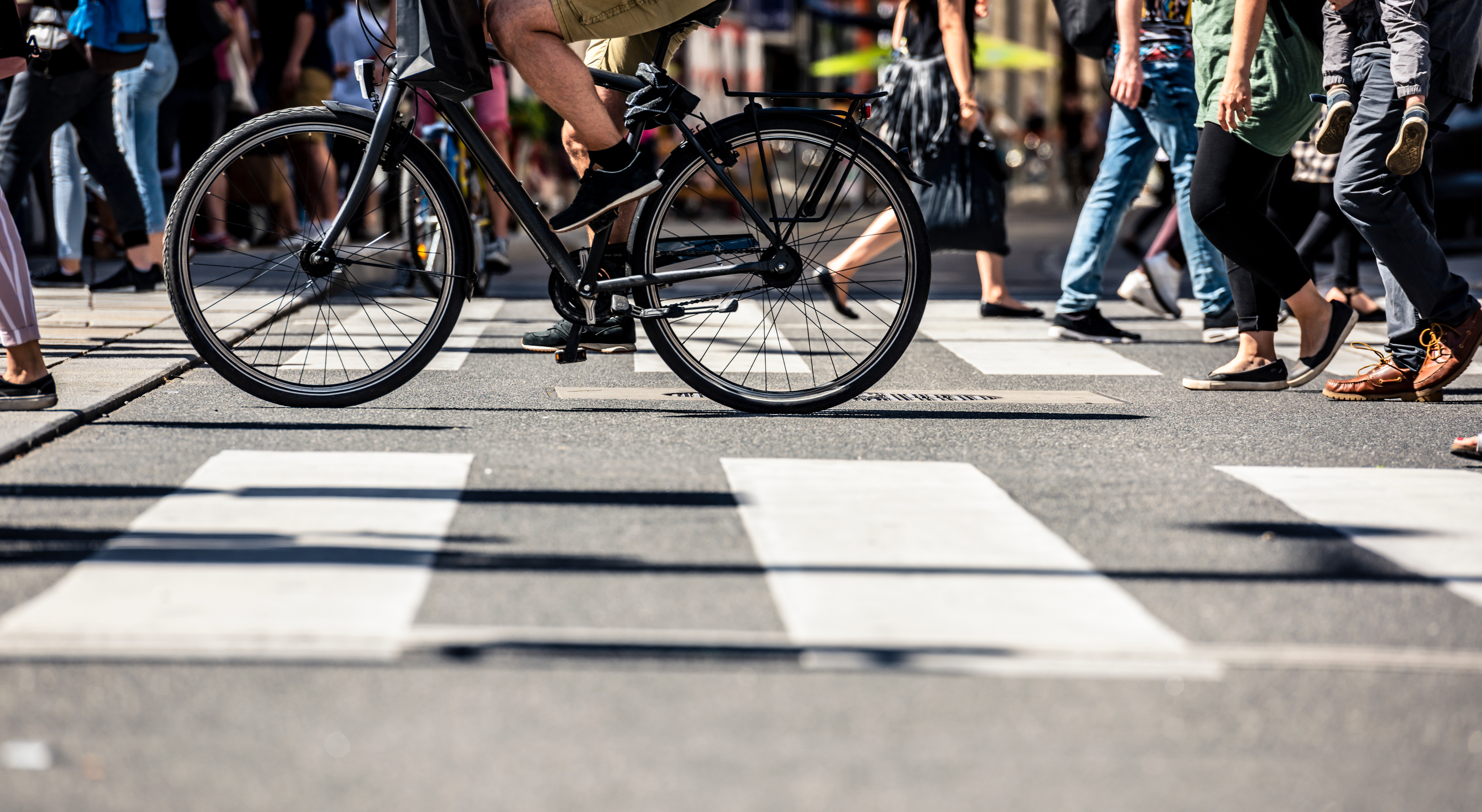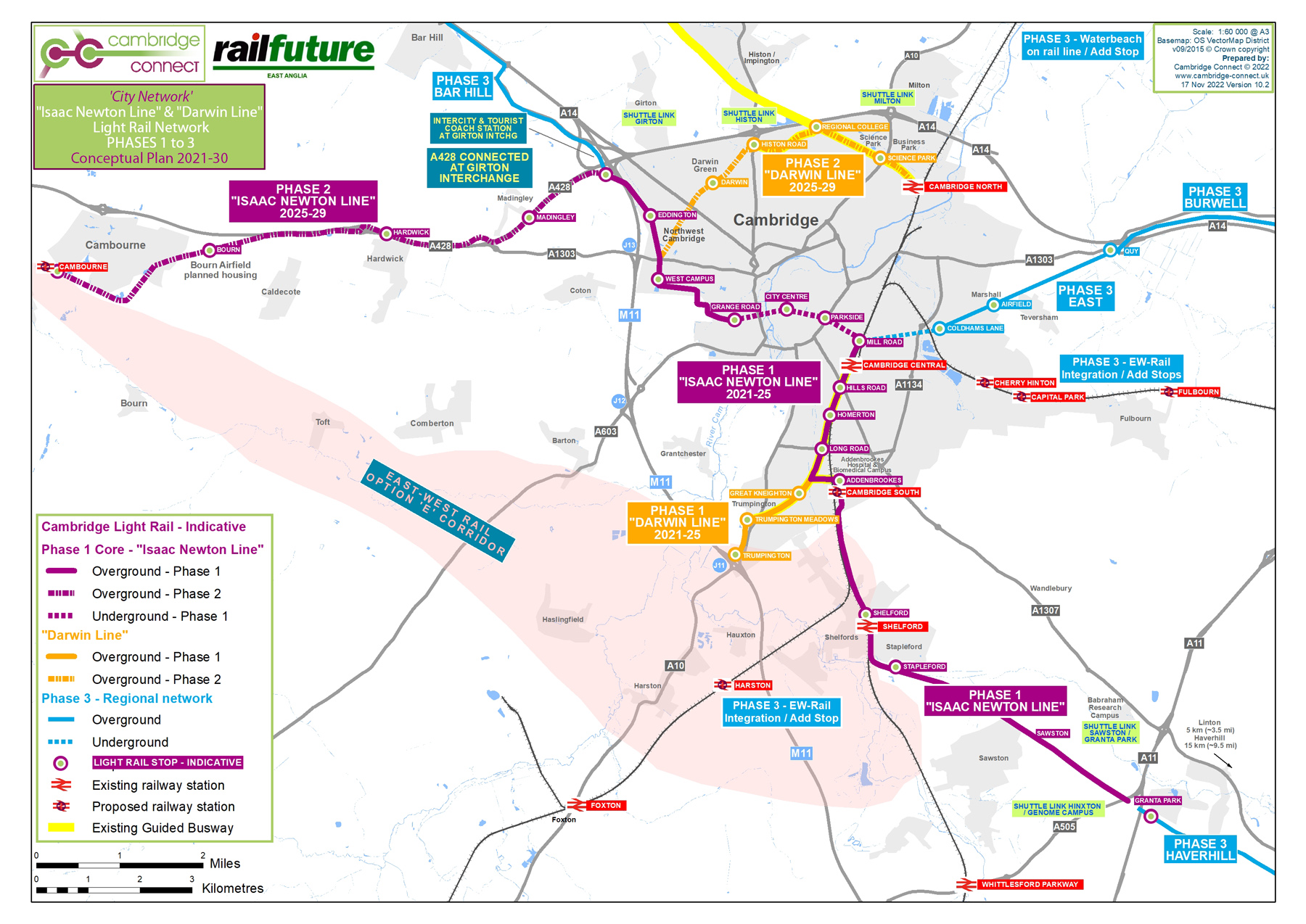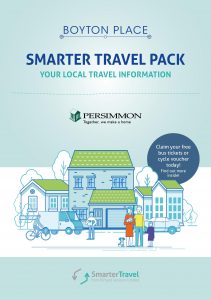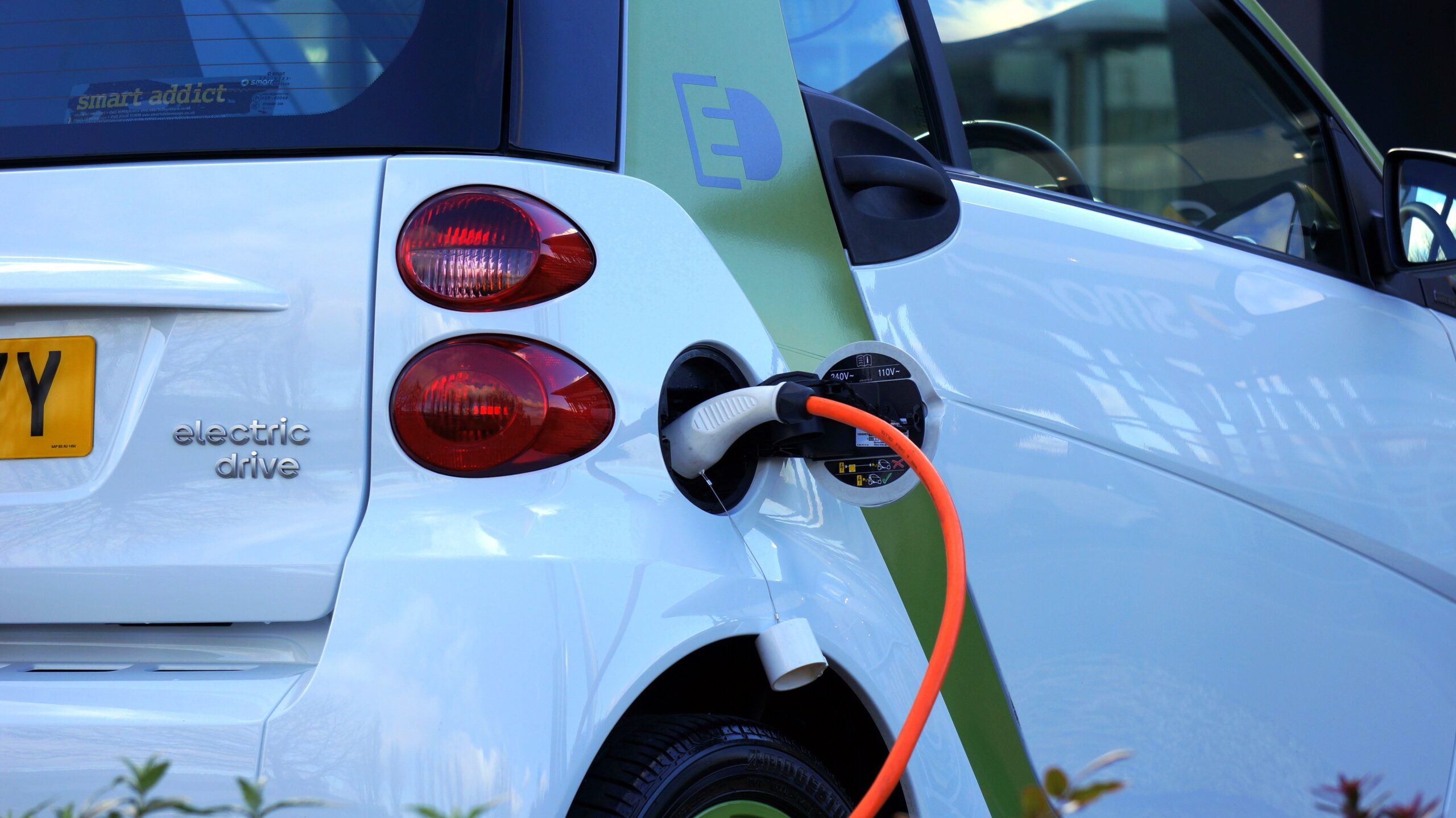
In the ever-evolving landscape of sustainable transportation, the United Kingdom is setting the stage for a cleaner future. Fast charging points for electric vehicles (EVs) stand out as massively important for efficiency and lowering your carbon footprint, helping to reduce pollution, particularly in cities.
Unleash the Power
Fast charging points are essential for the UK’s commitment to sustainable transportation. Fast charging points are a top choice for commuters because of their convenience; reduced charging times and the widespread availability of charging points makes them more appealing.
As of February 2024, the UK has installed 10,967 rapid and ultra rapid charging. If you own your property, you could also install a charging point at home, making this sustainable choice a lot more convenient than petrol or diesel cars. (Zap-Map, 2024)
There are over 57,290 electric charging points in the United Kingdom. Since February 2023 there has been a 47% increase in electric car charging points. Find your local charging points at Zap-Map.
Steering Towards Sustainability
The advantage of fast charging points lies in their ability to recharge electric vehicles extremely quickly. Charging times reduced to minutes, electric cars become a practical and time-efficient option for our busy lifestyles. This increased accessibility and efficiency makes them a convenient choice for consumers.
Charging an electric car at home currently cost around 10p per KWh off-peak, the standard from April 2024 is expected to cost around 24.5p per KWh, whilst charging at home during peak times costs around 44p per Kwh. (Which, 2024)
If you’re using public AC charging points, it costs around 50p per KWh, Public DC charging costs around 65p to 80p per KWh. For comparison, you’d start paying more per mile for an equivalent diesel engine at around 61p per kWh. (Which, 2024)
There are free electric car charging points at some supermarkets, including Sainsbury’s, Lidl and Aldi. You can find these by using Zap-Map’s website.
The reduction in greenhouse gas emissions makes EVs an important mode of transport to help combat climate change. Emissions of electric vehicles compared to petrol vehicles are 17 to 30% lower than petrol and diesel cars. (European Environment Agency, 2024) and according to a study by the Technical University Eindhoven (2020), electric cars have a 50 to 80% better carbon footprint than comparable cars powered by petrol or diesel engines, making EVs a much more sustainable choice.
To Efficiency and Beyond
The increasing network of charging stations is helping drivers have easy access to power sources, making EVs a practical option for longer journeys.
In an exciting collaboration, Vauxhall and Tesco have joined forces to offer one year of complimentary electric vehicle charging to new Vauxhall customers who purchase a brand-new electric car. This offer is valid until 16th September 2024.
Tesco, boasting an extensive network of more than 2,700 EV charging points spanning 619 of its retail locations, is making it convenient for customers to either partially recharge or fully replenish their car batteries at their discretion. This strategic partnership not only emphasizes the commitment to sustainable transportation but also enhances the accessibility and ease of EV ownership.
Embracing a Sustainable Tomorrow
The UK Government has set out that by 2035, all new cars produced will have to be hybrid or electric.
To help achieve this target, the government has implemented various initiatives aimed at reducing the initial and ongoing expenses associated with owning an EV. Among these initiatives is a grant program for plug-in vans, offering up to £2,500 for small vans and £5,000 for large vans, extending until 2025. Additionally, residents living in flats can benefit from a £350 reduction on the cost of installing home charge points. These electric vehicles are approximately £150 more economical to maintain annually compared to their fossil fuel counterparts. (UK Government, 2023)
As the UK continues to pave the way for sustainable transportation, the benefits of fast charging points stand out as a testament to progress. If you decide to purchase an electric vehicle, visit Zap Map’s live map to find your nearest charging point.
Electrify your journeys to drive towards a sustainable future.

